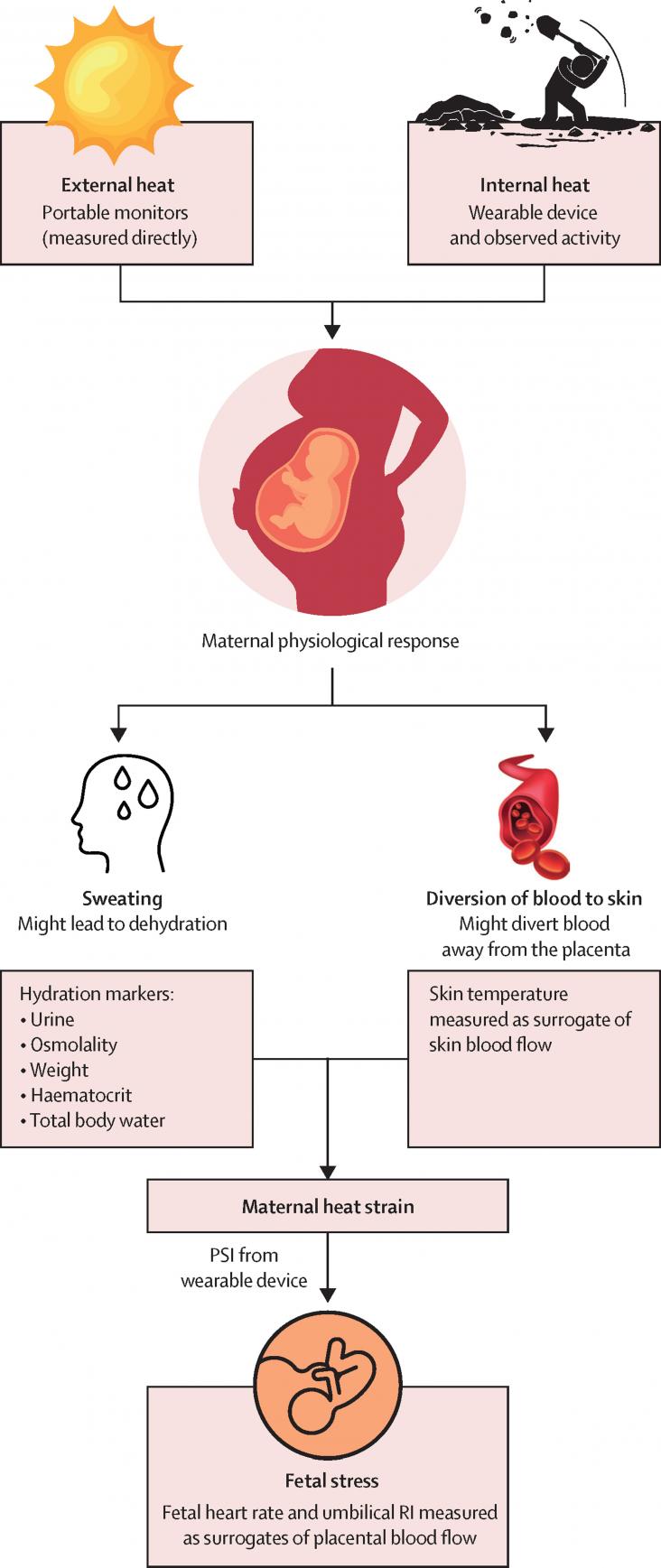Biomass is a sustainable and review source. However, its conversion to chemicals is always challenging. This article produces high-value bioadhesive materials as a byproduct of chemicals from biomass. Using advanced technology such as electrochemical oxidation, clean energy and fuels can be produced from biomass, addressing SDG 7&13.
Innovation in Environmental Technologies (ETs) is critical for meeting the Paris Climate Agreement. Through an empirical analysis we show that collaboration between NICs and G7 countries drives ET innovation in the former. Results suggest that much greater policy focus should be aimed at collaboration rather than technology transfer. Collaboration breeds more NIC’s innovation by inducing learning-by-doing, learning-by-innovating and learning-by-exporting
The research seeks to estimate biogas production potential from livestock and slaughterhouse wastes in Ghana, in order to promote biogas technology as a possible alternative in the search for sustainable energy management methods and in support of the SDG goals.
This paper shows that although climate policies can sometimes slow the pace of economic growth, in the long term the benefits of avoided climate change impacts will overweight policy costs
This study attempts to investigate the suitability of the Wabe river water for Agricultural and Industrial purpose.
Valuable chemicals can be produced from agricultural apple fruit waste, which needs to be well managed and has the potential to improve sustainability. This article uses a low-cost catalyst to enhance the efficiency of chemical production from apple fruit waste. This work contributes to affordable energy production, economic growth and CO2 emissions reduction, which are related to SDG 7, 8 &13, respectively.

This Article supports SDGs 3, 5, and 13, focusing on the mechanisms for adverse outcomes caused by environmental heat stress in pregnant subsistence farmers.
This Article supports SDGs 3 and 13 by estimating cost and benefits of climate change mitigation, focussing on heat-related labour losses and considering current mitigation pledges.
This Climate Countdown paper supports SDGs 3 and 13 by summarising procress through 27 climate indicators in China from 2021 to 2022.
The paper discusses the complexity of the interactions and effects of climate change on food security.
